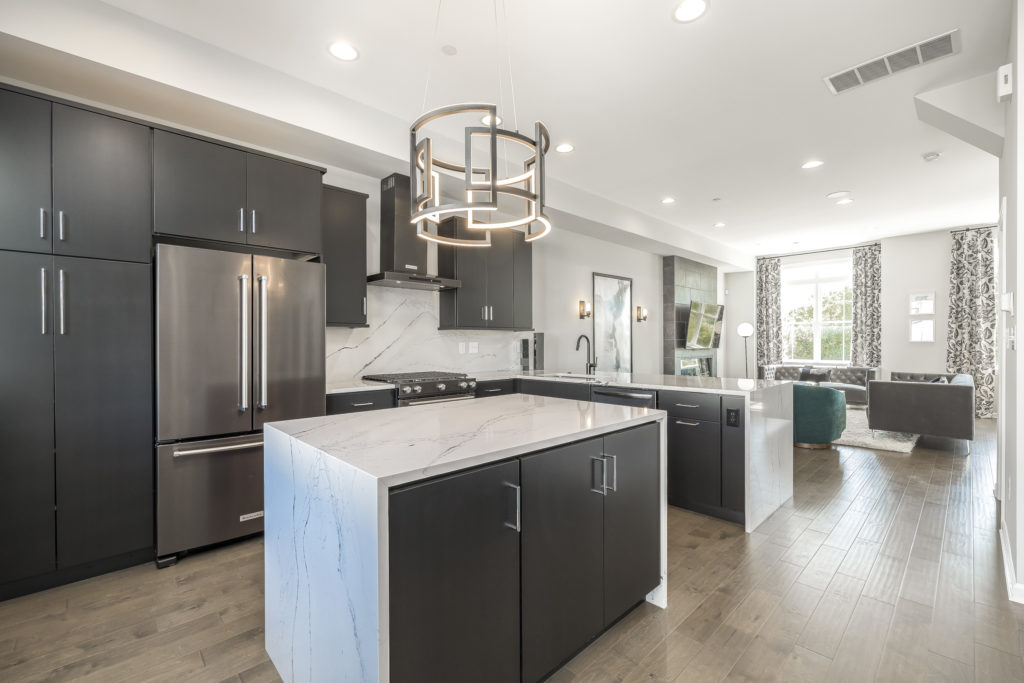Before Buying A Home, Scout Out The Neighborhood

For many, the purchase of a house is a key life milestone. The market for home buying still appears to be lucrative – there were 612,000 new construction homes sold in 2017, according to the U.S. Census Bureau.
Over the next 10 years, suburban residency should expect to see 80% growth increases. According to a study from the Harvard Joint Center for Housing, 23 million of these new households will consist of millennials.
Buying a home is a long-term investment. On average, the age of a first-time home-buyer is 32 years old with an annual income of $75,000. These buyers make up 32% of the modern home buying market. Many of these millennials may plan on having children or providing for aging parents and other family members when buying their first home. In fact, 12% of buyers bought a residence for multi-generational purposes – for young kids, elderly, and for adult children moving back home.
Mainly, however, 83% of home-buyers seek single family homes, according to Zillow. A multitude of factors plays into what makes a certain residence a good fit. Typically, this process may consist of an initial online search, then later, an in-person visit.
According to a 2017 report from the National Association of Realtors, amongst buyers at or below 36 years of age, 56% found homes online. However, perusing homes for sale virtually would not be sufficient evaluation. It is important to visit in person and physically scout out the area.
What Goes Into Deciding The Perfect Fit?
First and foremost, what sells a home is its neighborhood. You should know what you want out of the surrounding area. Which sounds most ideal? A close community based around single family homes? Or a city environment populated by clubs, bars, and restaurants?
Scout Out The Area
Spend time in the neighborhood. Walk blocks. Eat and drink at nearby cafes and restaurants. Socialize with locals. Attend open houses. Familiarize yourself with a clearer picture of the area.
The presence of new construction is generally a good sign. Indications of homebuilding or home improvement by residents means that local home owners are willing to maintain and invest in their own properties – roofing, gardening, landscaping, fence and deck building, other construction projects.
Certain nearby businesses – ie. upscale chains and independent retailers – indicate an established neighborhood and a certain degree of affluence. The neighborhood has been determined to be stable and worthy of investment.
Adults and children on sidewalks – walking dogs, walking to school, playing in parks – signals that people feel safe, especially important in consideration of single family homes. Are there sidewalks, pedestrians, cyclists? Are streets paved and well-maintained?
How far are you willing to commute to work, for leisure or for groceries? Is public transportation available? What options are there – buses, subways, rail lines?
In highly demanded locations closer to major employment centers and cities, look at the quality of city services – cleanliness, street quality. Poor conditions, such as broken streetlights, poor sidewalks, and vacant residences, are warning signs.
Visit the area repeatedly, at varying times and days of the week to get a more realistic sense of area dynamics. Take a read through local newspaper sites, the municipal police department website. Check crime statistics within the zip code. Know the proximity of public safety services such as police departments and fire stations.
Different Residents Have Different Needs
There are so many factors that play into evaluation of potential homesites. It may not be possible to create perfect custom homes for every buyer. However, the best fit can be determined via multiple measures, scoping out online local news, crime statistics, and available housing and amenities.
In person, however, much more can be accomplished. Properties will appear different in person, and being physically at the location offers benefits such as being able to talk with neighbors, get a general feel for the dynamic of the area.
Even amongst the single category of single family homes, potential buyers will have their own needs and preferences. A more suburban feel? A downtown environment? A quiet close-knit neighborhood? A busier, more fast-paced livelihood?
As it is impossible to design full residential communities tailored exactly to an individual’s needs and desires, the second best thing would be to take measures towards determining the best housing and location options.





